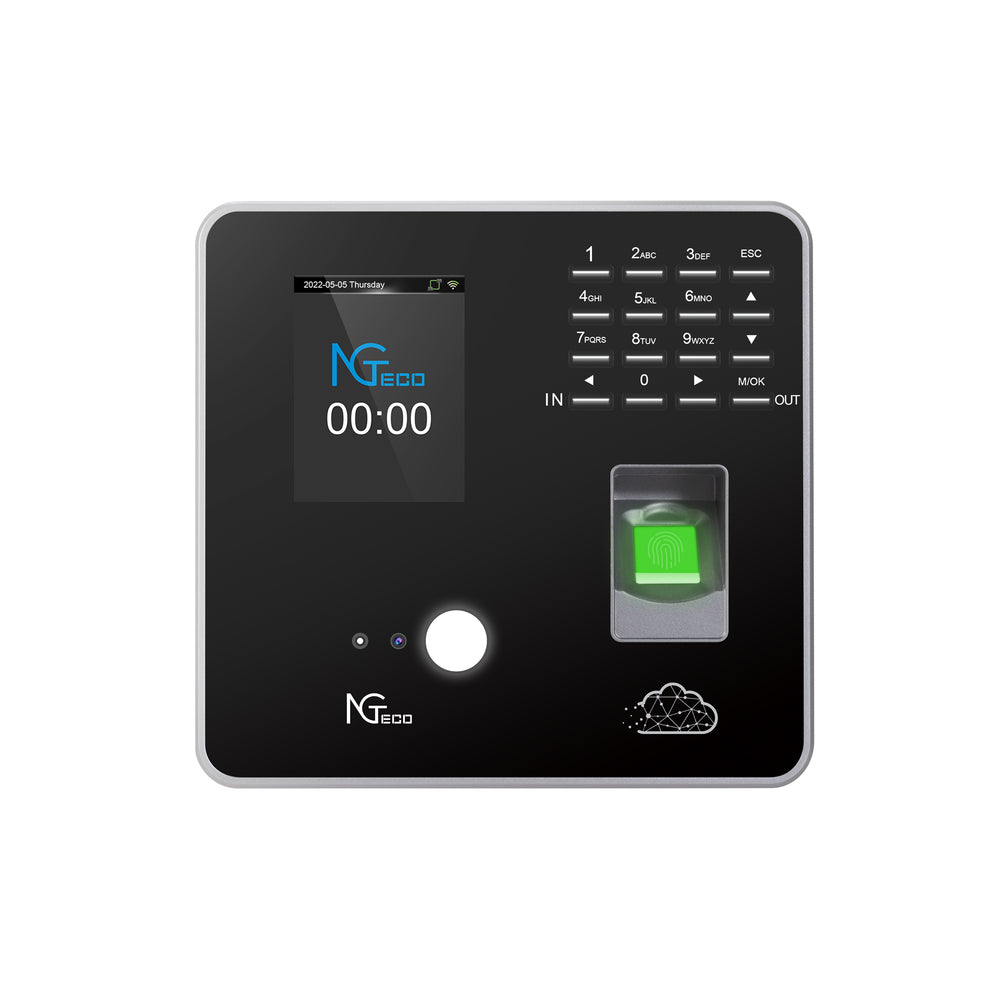Unlock the Future: Discover the Magic of Fingerprint Clocking In and Out!
In today's fast-paced work environment, efficiency and accuracy are paramount. Fingerprint clock in clock out machines have emerged as a revolutionary solution, transitioning workplaces from traditional time-tracking methods to advanced biometric systems. Gone are the days of paper time cards and manual entries, which were often riddled with errors and prone to abuse. The adoption of fingerprint technology not only streamlines the clocking process but also enhances security and accountability. As someone who has witnessed the transformation in a friend's business, I can attest to the profound impact these machines have on employee management and operational efficiency.

Understanding Fingerprint Clocking Systems
Fingerprint clock in/out machines utilize biometric technology to authenticate an individual's identity based on their unique fingerprint patterns. The process begins when an employee places their finger on a scanner, which captures the fingerprint image and converts it into a digital format. This data is then compared against a stored database of employees’ fingerprints to confirm their identity. The reliability of this technology is rooted in its ability to recognize minute details in fingerprint patterns, making it exceedingly difficult for individuals to impersonate one another. Moreover, advancements in sensor technology have improved accuracy and speed, allowing for quick clock-ins and clock-outs, which can significantly reduce queues during peak hours.
Benefits of Using Fingerprint Machines
Employing fingerprint clocking systems offers a myriad of advantages over traditional methods. One of the most notable benefits is accuracy; biometric systems eliminate the risk of buddy punching—where one employee clocks in for another—ensuring that attendance records are precise. Additionally, these machines enhance security by preventing unauthorized access. With a fingerprint system, only registered employees can clock in or out, thus safeguarding sensitive company data. Furthermore, the ease of use cannot be overstated; the intuitive design of fingerprint scanners allows employees to clock in and out swiftly, facilitating a smoother workflow. My friend, who switched to a fingerprint system, reported a noticeable decrease in time theft and an overall boost in productivity.
Implementation in the Workplace
Implementing a fingerprint clock in/out system requires careful planning to ensure a seamless transition. First and foremost, employee training is essential; staff should be educated on how to use the new machines and understand the benefits of the system. It's also crucial to integrate the fingerprint system with existing HR software to streamline payroll processes and attendance tracking. Additionally, businesses must address privacy concerns by clearly communicating how fingerprint data will be stored and used, as well as ensuring compliance with data protection regulations. By taking these considerations into account, companies can foster a positive environment and encourage employee acceptance of the new technology.
Common Misconceptions and Challenges
Despite their growing popularity, fingerprint clocking systems are often surrounded by misconceptions. Many people worry about privacy issues, fearing that their biometric data could be misused. However, reputable systems encrypt fingerprint data and ensure it is stored securely, mitigating these concerns. Another common myth is that these systems are prone to technical difficulties, which can deter businesses from making the switch. While challenges may arise during the initial implementation phase, most modern fingerprint machines are designed for reliability and ease of use. My friend encountered a few hiccups initially, but with proper training and support from the provider, the system has since operated flawlessly. Addressing these misconceptions is vital for businesses to embrace this innovative technology fully.
Summary of Benefits and Considerations
In summary, fingerprint clocking systems represent a significant advancement in workplace efficiency and security. By understanding the technology, recognizing its benefits, and implementing it thoughtfully, businesses can enhance their operations and protect their resources. As companies continue to seek innovative solutions to improve time management, adopting fingerprint clocking systems is a forward-thinking choice that can lead to substantial long-term benefits. I encourage readers to consider this technology for their own workplaces, as the investment in a reliable biometric system can yield remarkable returns in productivity and employee accountability.










Comments